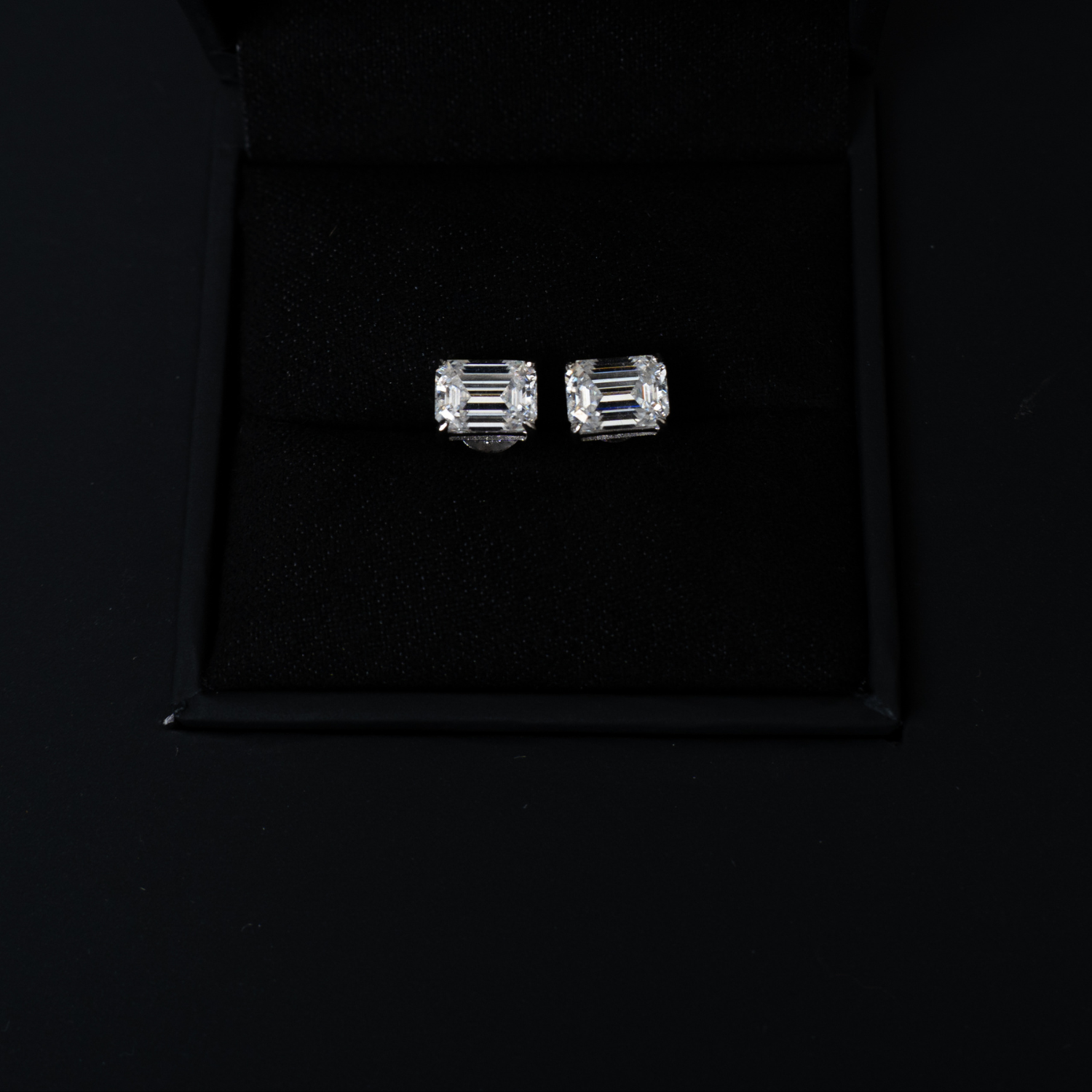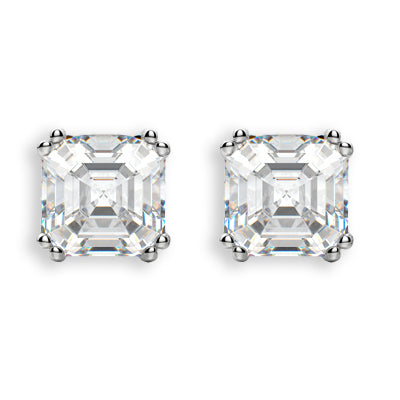Article: Deciphering Diamond Specs: Understanding Carat Weight and Quality Factors

Deciphering Diamond Specs: Understanding Carat Weight and Quality Factors
Diamonds are treasured for their beauty and brilliance, but understanding the various specifications can be daunting. Carat weight and quality factors play significant roles in determining the value and visual appeal of a diamond. In this blog post, we will delve into the differences between carat weight and diamond quality factors, providing clarity on how they influence a diamond's overall appearance and value.

-
Carat Weight: Carat weight refers to the measure of a diamond's size, specifically its weight. One carat is equivalent to 200 milligrams or 0.2 grams. As the carat weight increases, so does the physical size of the diamond. However, it is important to note that carat weight does not directly correspond to a diamond's quality or visual appeal. Two diamonds of the same carat weight can have different visual appearances based on their cut, clarity, and color.

-
Cut: The cut of a diamond determines how well it interacts with light, influencing its sparkle and brilliance. Cut quality is graded on a scale that ranges from Excellent/Ideal to Poor. A well-cut diamond reflects light internally and externally, maximizing its beauty. The precision of the cut affects the diamond's ability to sparkle and create captivating patterns of light, making it one of the most crucial quality factors.

-
Clarity: Diamond clarity refers to the presence of internal and external characteristics, known as inclusions and blemishes, respectively. These characteristics are formed during the diamond's natural growth process. Clarity is graded on a scale that ranges from Flawless (no inclusions or blemishes visible under 10x magnification) to Included (inclusions and blemishes visible to the naked eye). The fewer and less visible the inclusions and blemishes, the higher the clarity grade, and typically, the higher the value.

-
Color: Diamond color refers to the presence of any tint in a diamond. The Gemological Institute of America (GIA) grades diamond color on a scale from D (colorless) to Z (light yellow or brown). The closer a diamond is to colorless, the higher its grade and value. Subtle color differences, even within the near-colorless range, can significantly impact a diamond's appearance. It is important to note that fancy colored diamonds (e.g., blue, pink, or yellow) are graded on a different color scale.
-
Other Factors: While carat weight, cut, clarity, and color are the most significant factors in determining a diamond's quality and value, there are additional factors to consider. These include fluorescence, which can affect a diamond's appearance under certain lighting conditions, and diamond shape, which can influence the overall aesthetic appeal and personal preference.
Conclusion: When evaluating diamond specs, it is essential to consider both the carat weight and the quality factors that contribute to a diamond's appearance and value. Carat weight alone does not indicate a diamond's visual appeal or quality. Cut, clarity, and color are vital aspects that impact a diamond's brilliance, sparkle, and overall beauty. By understanding these factors, you can make an informed decision when selecting a diamond that aligns with your preferences and budget.
We currently offer a wide selection of diamonds with varying carat weights and quality factors, ensuring that you find the perfect diamond to suit your style and desired specifications. Our knowledgeable staff is ready to guide you through the process, helping you choose a diamond that brings joy and lasting beauty to your jewelry collection.
